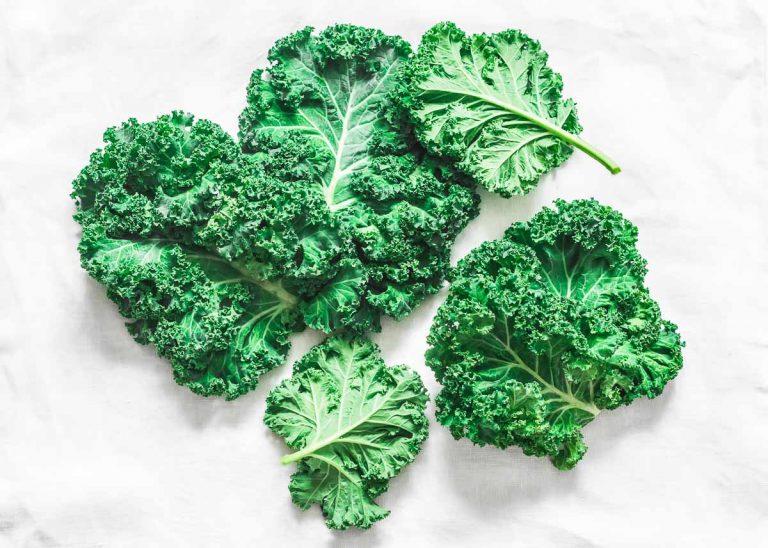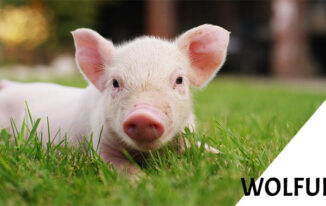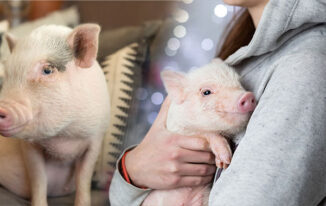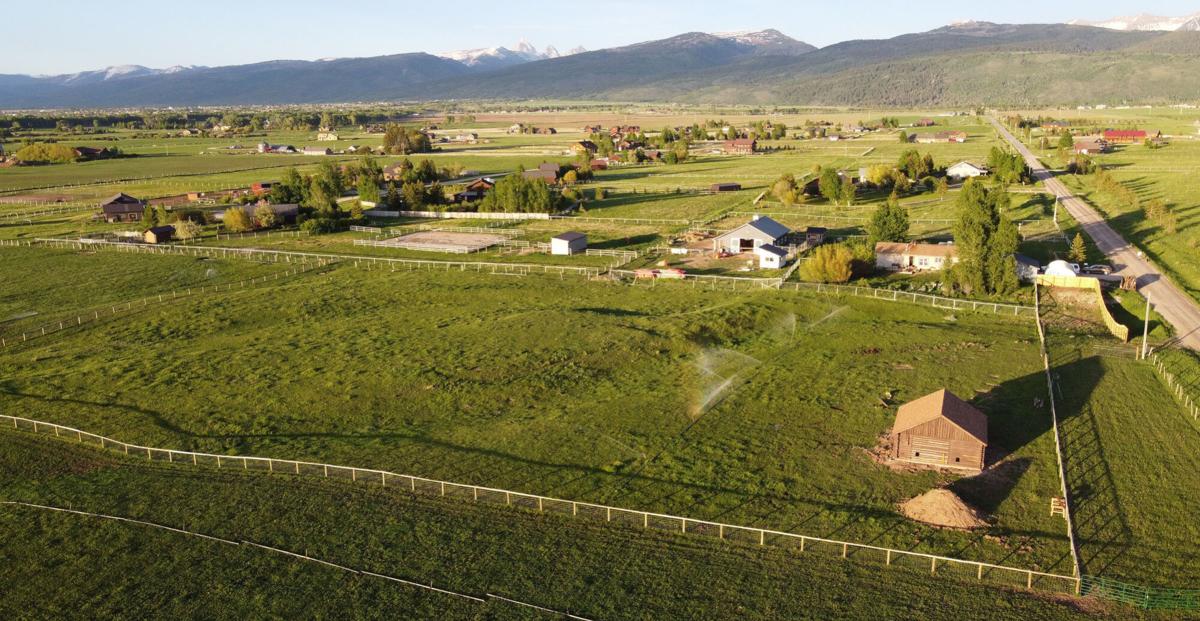You are here because you want to know – can hamsters eat kale? Hamsters can have kale as a snack – but please read on as to 1. how much, 2. how often, and 3. how to prepare the kale before serving it to your hamster!
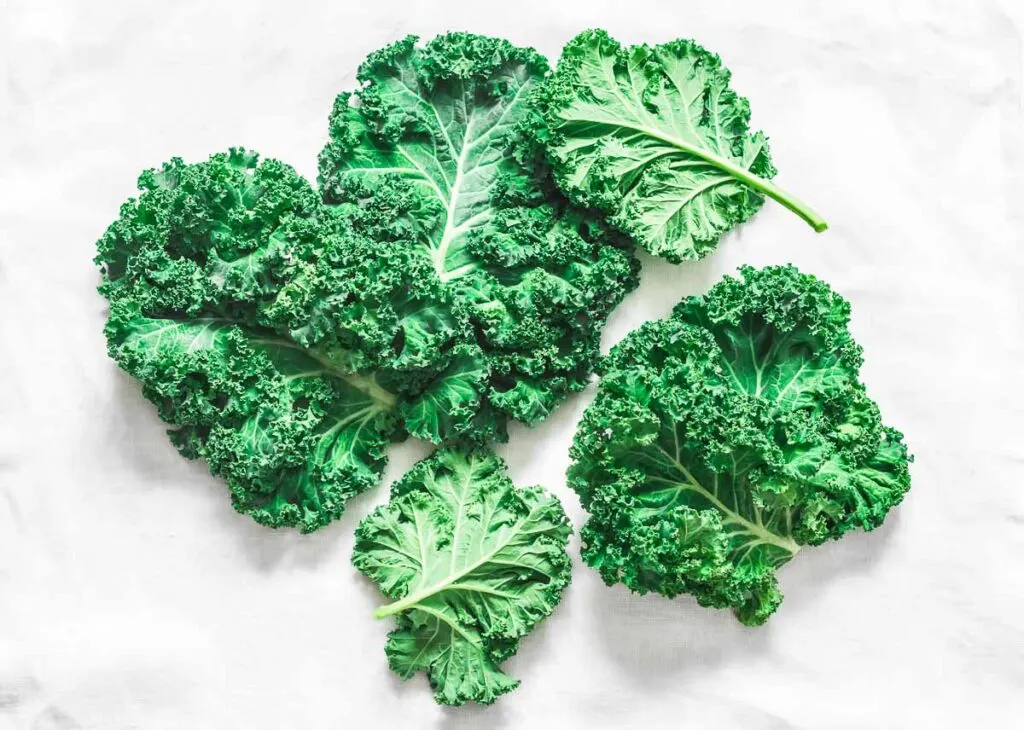
Hamsters are omnivores, eating both plant material and animal materials.
In captivity, hamsters typically have a diet that consists of items such as hamster pellets, hay, grains and nuts, and fruits and vegetables, to name a few foods.
No matter what you and your veterinarian decide is the best diet for your hamster, make sure that it is balanced for your hamsters lifestyle.
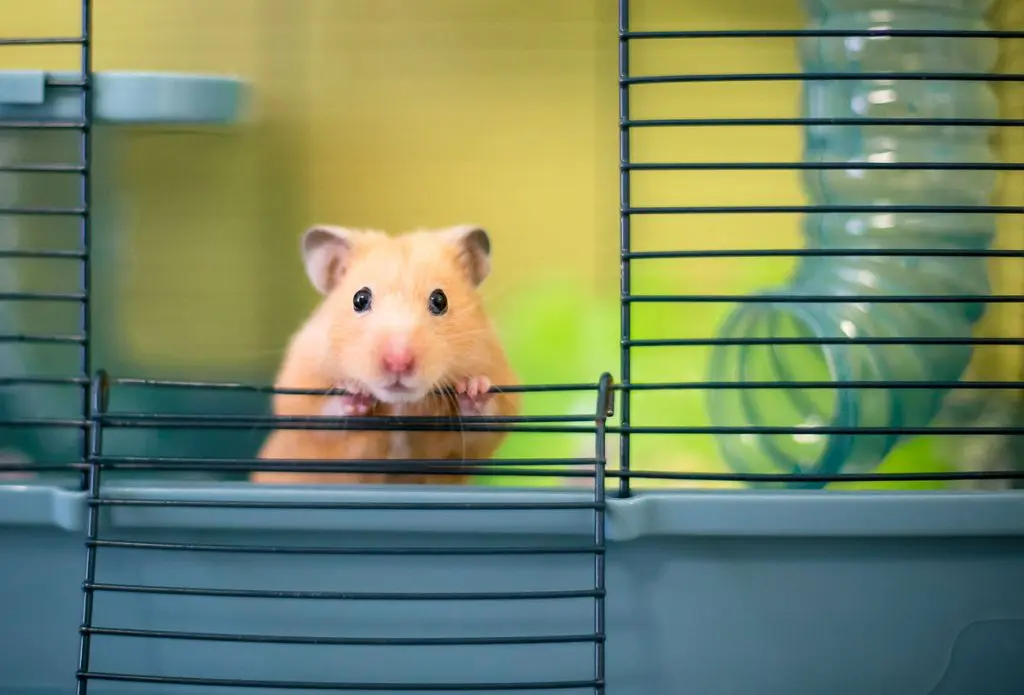
What Do Hamsters Typically Eat?
These little buddies eat an assortment of things to keep them healthy and happy.
- High-quality hamster food and Timothy hay should be the main staples of their diet.
- Up to about 10% of their diet can be made up of an assortment of vegetables and fruits, with fruits and vegetables over 12-24 hours old being discarded as soon as possible.
- Hamsters do best with diets low in fats and sugars. [source]
- Clean, fresh, filtered water. ‘Fresh water‘ means that is is changed daily. ‘Changed daily‘ means that new water is placed into a CLEAN water dispenser!
- Seeds and protein (in the form of hamster-safe insects and cooked hamster-safe meats) can also be given to hamsters in safe portions determined by your veterinarian
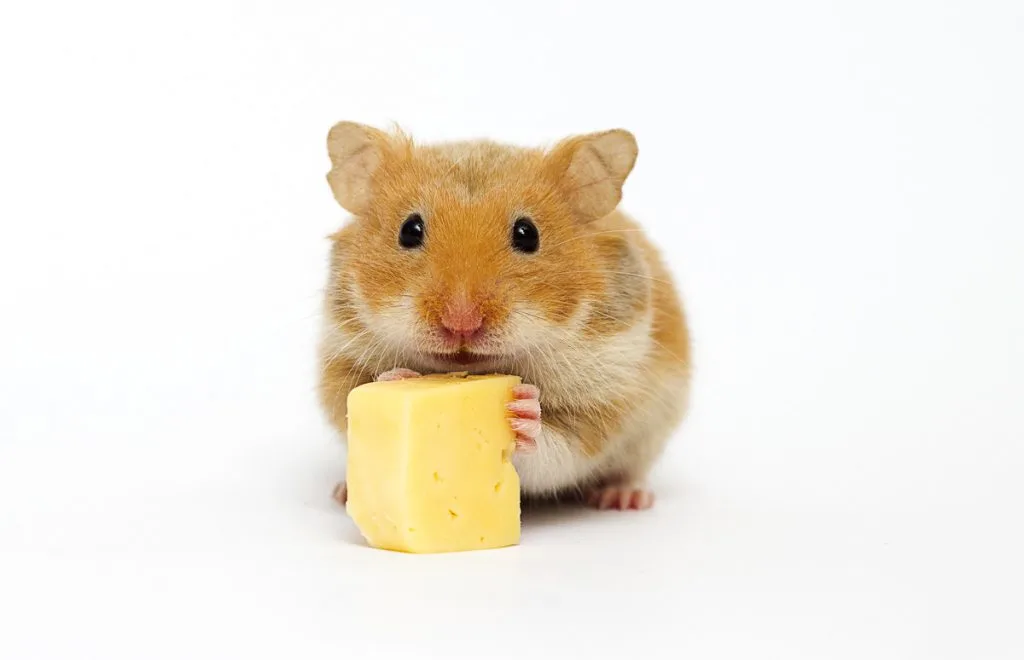
Find Out If Hamsters Can Eat…
Can Hamsters Eat Kale?
Yes, hamsters can eat kale in moderation and when properly prepared. It’ll be easier for me to explain why kale is okay for your hamster to eat… only when prepared correctly, once I have explained some pros and cons of kale.
Kale Nutrition:
Kale is a dark, leafy green that is part of the cabbage family. It is a popular choice for many due to it’s health benefits and nutrient density and is considered a superfood.
Kale comes in many varieties, most of which are either green or purple in color, with ruffle-like leaves, to large leaves that are quite smooth, all of which have a thick hard stem to help support its weight.
Here are some of the more notable health benefits of kale:
- Low in calories
- low in fat
- high water content
- High in vitamin C (aids in a healthy immune system) and vitamin K (aids in blotting clotting and bone health)
- High in beta-carotene, which can then be turned into vitamin A, which helps with eye and bone health
- contains many antioxidants such as the flavonoids quercetin and kaempferol.
- High in minerals such as calcium, potassium, and magnesium
- low in oxalates
Multiple research studies have shown that kale is a fantastic source of anti-inflammatory compounds, which effectively can help fight different forms of inflammation.
Antioxidants are thought to help reduce inflammation inside the body by binding (attaching) to and suppressing (decreasing) inflammation-promoting molecules known as free radicals. [source].
Kale is also a good source of certain antioxidants like quercetin and kaempferol, antioxidants that have been studied extensively to promote healthy bodies.
Studies have shown that antioxidants may help reduce cancer cell growth, decrease inflammation reactions, and improve overall health.

Kale Problems:
There are a few issues with kale that you should be aware of before you try and offer it to your hamster.
First off, kale is acidic, so too much kale can lead to too much acidity in the diet.
Secondly, there is sugar in kale, so too much kale in small dwarf or overweight or diabetic hamsters, may lead to some bad complications.
Thirdly, too much kale can lead to diarrhea and upset stomachs, which can lead to weight loss, dehydration, and if not taken care of, can become life threatening in time.
How To Feed Your Hamster Kale:
You should always start with a visual inspection of the produce that you are planning on feeding your hamster.
Make sure that it is free from dirt and debris, from pests and bugs, and does not have spoiled or rotten areas on it.
Next, wash your piece of kale with water to remove any small pieces of debris, and gently allow any excess water to drip off of it.
Next, cut or rip a small section of the soft, ruffled leaf part of the piece of kale, off for your hamster.
Make sure that this piece is no larger than the head of your hamster. Any larger of a piece may mean that you are feeding your hamster too much and you are pushing that “in moderation” boundary. If your hamster gobbles it down – great!
Monitor your hamster for 24 hours for any adverse effects, and if you notice any issues at all, reach out to your veterinarian.
Tools
- Cutting board
- kitchen/produce knife
Instructions
- You should always start with a visual inspection of the produce that you are planning on feeding your hamster.
- Make sure that it is free from dirt and debris, from pests and bugs, and does not have spoiled or rotten areas on it.
- Next, wash your piece of kale with water to remove any small pieces of debris, and gently allow any excess water to drip off of it.
- Next, cut or rip a small section of the soft, ruffled leaf part of the piece of kale, off for your hamster.
- Make sure that this piece is no larger than the head of your hamster. Any larger of a piece may mean that you are feeding your hamster too much and you are pushing that “in moderation” boundary. If your hamster gobbles it down – great!
Notes
Monitor your hamster for 24 hours for any adverse effects, and if you notice any issues at all, reach out to your veterinarian. Consult with your vet before any change in diet.
Common symptoms of adverse/allergic reaction to food:
- Nausea/vomiting
- Diarrhea
- Itching/Increased grooming
- Fever
- Lethargy
- etc.
Lastly, if your hamster does not eat the kale, remove it from their cage no later than 12-24 hours after you first offered it to them in their cage.
You don’t want them to try the kale once it has started to breakdown and ferment!
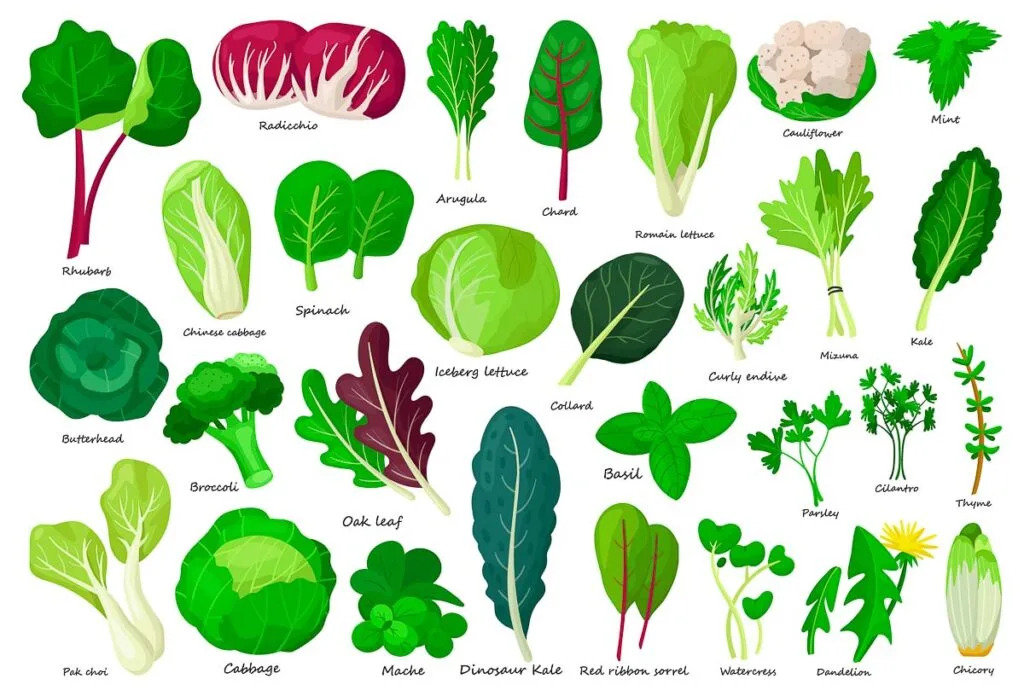
Can You Feed Your Hamster Cooked Kale?
You should never feed your hamster cooked kale.
You shouldn’t feed your hamster cooked vegetables in general, as they do not digest the cooked veggies well and can lead to some pretty major GI (gastrointestinal) upset.
Can You Feed Your Hamster Fresh kale?
Yes! The only type of kale you should ever feed your hamster is fresh, uncooked kale and it should not have anything on it – no seasonings, sauces, cooking oils.
Just plain kale should be served to your hamster.
Wrap up:
Make sure to weigh the pros and cons of feeding kale to your hamster before tossing them a fresh, green snack, and if you do decide to give them a treat, remember, it’s safe in moderation.
Kale has great benefits for your pet if fed properly and safely.
If you have any questions as to what to feed your hamster, contact your local veterinarian, we are always happy to help!


